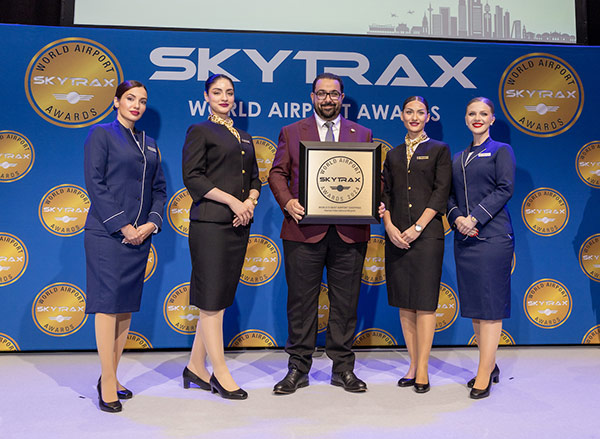EUROPE. Passenger traffic at Europe’s airports is set to fall by -64% compared to 2019 as the latest data underlines what Airports Council International (ACI) Europe calls “a deepening crisis in the sector, with air traffic in a continuing downward spiral”. The forecast in January was for a -52% fall this year compared to pre-pandemic levels.
In addition, ACI Europe predicts a full recovery to the passenger volumes of 2019 in 2025 rather than 2024.

The revised forecasts come as passenger traffic plummeted by -81.7% in the first quarter compared to the same period pre-pandemic (Q1 2019). The figures marked a further decrease from the previous quarter (Q4 2020 at -79.2%), resulting in the loss of 395.5 million passengers.

 Europe has become a “two-speed aviation market” said ACI Europe –with airports in the EU/EEA/Switzerland still sinking into the crisis caused by COVID-19. Other European airports led by those in Russia and Turkey are faring much better.
Europe has become a “two-speed aviation market” said ACI Europe –with airports in the EU/EEA/Switzerland still sinking into the crisis caused by COVID-19. Other European airports led by those in Russia and Turkey are faring much better.
EU/EEA/Swiss and UK airports saw passenger traffic decreasing from -85% in January to -89% in March – with their Q1 performance standing at -88%. This reflected their countries bracing with a third wave of COVID-19 infections, with severe travel restrictions and bans as well as wide-spread domestic lockdowns. UK airports were especially affected, along with those in countries relying exclusively on international traffic – many of them left with less than 5% of their pre-pandemic passenger traffic levels.
Conversely, passenger traffic at airports in Turkey, Russia and other markets improved markedly from -59% in January to -49% in March, with Q1 closing at -54.8%. This is due in large part to airports in Russia and to a lesser extent Turkey and Ukraine, reflecting larger domestic markets combined with less severe lockdowns and travel restrictions.

Shifting airport rankings
The top 5 European airports in Q1 all came from Russia and Turkey – with Istanbul Airport (-64%) the busiest European airport, followed by Moscow Domodedovo (-18%), Moscow Sheremetyevo (-60%), Istanbul Sabiha Gokcen (-48%) and Moscow Vnukovo (-26%). Although Paris CDG (-82%), Madrid (-81%), Frankfurt (-83%) and Amsterdam Schiphol (-87%) still made it in the top ten, London-Heathrow (-91%) did not.
Sochi Airport (+47%) welcomed more passengers than London Heathrow as Russians flocked to the Black sea resort city – it was the only airport in Europe to post an increase in passenger traffic in Q1.

No improvement in April
Preliminary data for April shows no significant improvement, despite the timing of the Easter holidays at the beginning of the month. In the first ten days of April, passenger traffic at Europe’s airports was down by -80%, with airports in the EU/EEA/Switzerland and the UK at -87% and others at -48.7%.
The figures also reflect the continued collapse of air connectivity, with nearly 2,000 additional air routes lost since the start of the year – from 6,663 in January to 8,539 in April.

ACI Europe’s latest financial forecast, also published today, illustrates the extent of the economic crisis currently facing the industry. With revenues down by €30 billion during 2020, European airports still stand to lose another €29 billion in revenue this year. A slow traffic recovery combined with much increased airport competitive pressures will heavily constrain revenues – leaving increasing restart costs unrecovered for most airports, said the organisation.
ACI Europe Director General Olivier Jankovec said: “If anything, these figures show not only that the crisis has not receded, but that things have actually got worse for airports since the beginning of the year – especially for those in the EU, EEA, Switzerland and the UK. Beyond rock bottom traffic and collapsed connectivity, there is no escaping the fact that the financial resilience of Europe’s airports is faltering by the day. We desperately need to get the recovery underway during the Summer and are anxious to see the vaccination roll-out finally improving the epidemiological situation.”












